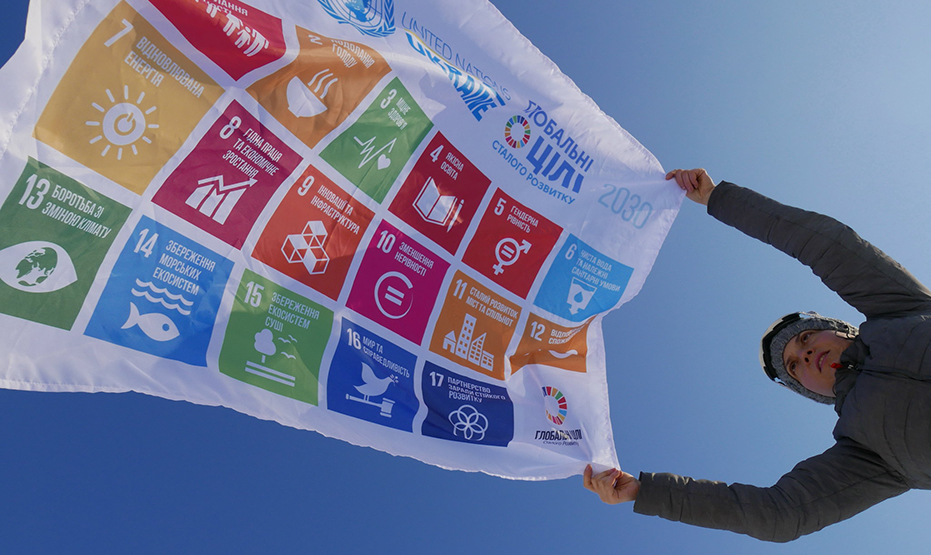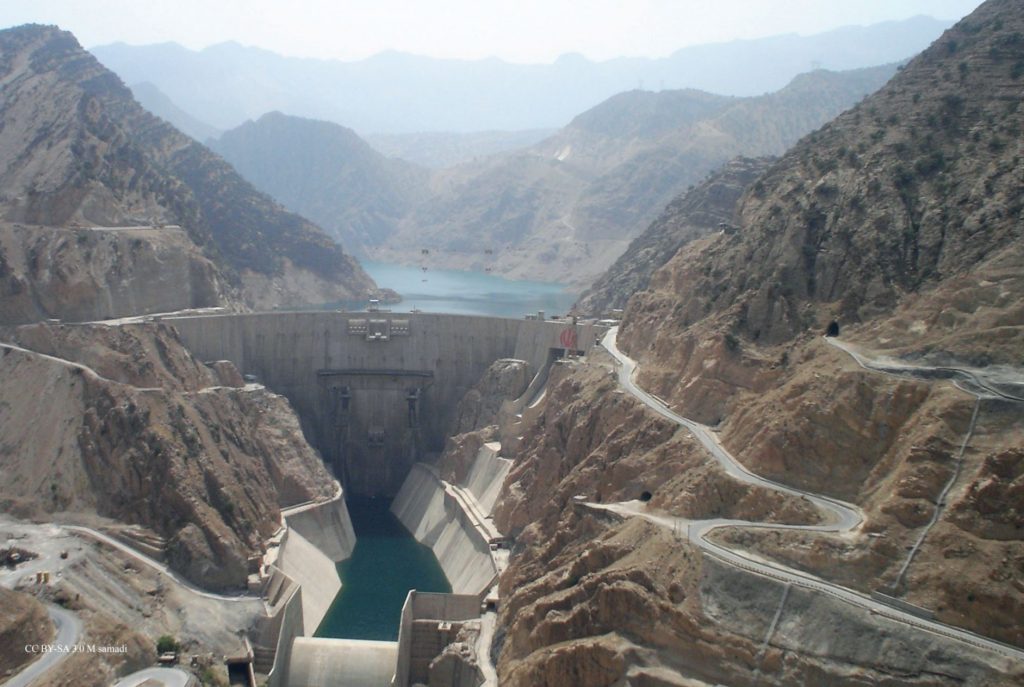Driving commercial and political engagement between Asia, the Middle East and Europe
Driving commercial and political engagement between Asia, the Middle East and Europe
Driving commercial and political engagement between Asia, the Middle East and Europe

In the latest issue of Insights, Asia House’s thought leadership publication, Peter Chamley, Chair of Arup Australasia, writes about how critical collaboration is required to find and fund solutions to complex challenges.
 In an era of populist politics, climate change, demographic shifts, poverty and inequality, the one thing the world has an abundance of today is global challenges.
In an era of populist politics, climate change, demographic shifts, poverty and inequality, the one thing the world has an abundance of today is global challenges.
Whether it is the increased risk of extreme weather events, geopolitical tensions arising from the US-China trade war, or concerns over resource constraints from water to rare earths, the reality is that many of the most critical challenges we face as a global society demand global cooperation to find effective solutions.
The good news is that not only is there is a renewed sense of urgency on the need to take coordinated action across the globe, there is also a rapidly evolving number of tools and technologies available to make a real difference in tackling these challenges.
Take climate change. More and more countries and companies around the world are signing up to the challenge of delivering the UN’s Sustainable Development Goals (SDGs), recognising the Equator Principles and committing to make a change in the wake of the Paris Agreement. We are far from securing a universal consensus about how to get there, but there’s a growing movement making clear their intention to act and there are plenty of good examples of nations and firms that are setting an example and leading the way.
Perhaps most importantly, innovation and technology are providing cost-effective solutions to many of these global challenges as we see the spread of increasingly affordable developments in renewables, digital environments, AI and electric vehicles. Indeed, the declining cost-curve for renewables and storage is set to be one of the biggest contributors in a shift toward a better future.
“Financial institutions that back ‘business as usual’ investment reliant on old approaches to infrastructure will soon be left holding stranded assets and a host of reputational risks.”
However, the pace of change in achieving sustainable and resilient has to be ramped up considerably if we are to mitigate the challenges we face as a global society.
Follow the money
That is why Arup is actively seeking out progressive partners and clients around the globe to drive faster progress in key areas.
For example, the firm is working with the C40 Cities Climate Leadership Group to help mayors and city authorities to understand where best to focus their scarce resources to tackle carbon emissions. The firm is working closely with the Rockefeller Foundation to help countries around the globe foster city resilience. And working with Lloyds Register Foundation, our Resilience Shift team is researching and disseminating best practice in the delivery of resilient integrated infrastructure.
As a result, we are driving change on a host of climate critical projects, whether it is solar PV and smart grids in South Africa or creating a 30-year resilience masterplans for cities in areas of water scarcity.

Arup Group is working on water scarcity projects across the world, including in Iran. [Credit: Arup – Future Water Challenges: UK-Iran Workshop Summary Report 2016]
Financial institutions that back ‘business as usual’ investment reliant on old approaches to infrastructure will soon be left holding stranded assets and a host of reputational risks. A fact that banks, insurance firms, pension funds and sovereigns are rapidly coming to realise.
So much so in fact, that the focus on new funding mechanisms for sustainable and resilient infrastructure is expanding at breakneck speed. In fact, this year, green bond issuance is easily on track to surpass US$200bn from zero just over a decade ago. Issuers are rushing to market with whole new ranges of infrastructure investment tools, from SDG and Social Impact Bonds, to decarbonisation funds and catastrophe bonds designed to help groups of nations build resilience.
The level of interest and the pace of activity is intensifying as awareness spreads among policymakers, businesses, city authorities and the financial community. The key challenge now is to translate this growing awareness into practical outcomes that work for nations in different geographies and at differing stages along the development path.
In reality, the case for well-designed, future-proofed, sustainable and resilient infrastructure shouldn’t be a difficult argument to win. There are abundant examples that attest to the fact that poorly designed infrastructure is extravagantly expensive in terms of the legacy it leaves behind – technology that soon becomes obsolete, stranded assets, and the lost growth opportunities that result from creating polluted, congested environments.
It is up to all of us to build rapidly towards this shared ambition for a better society. The critical question now is how fast we can ensure that we act together to take on the global challenges that we all share.
This article is featured in Insights, Issue 3 (November 2019).
DOWNLOAD the latest edition now [PDF]
*Feature image credit: UN Ukraine
